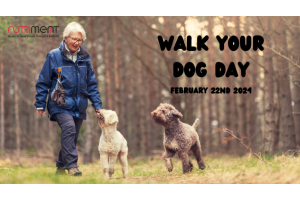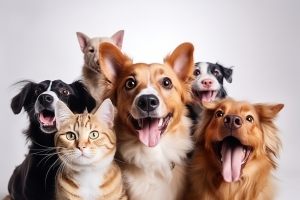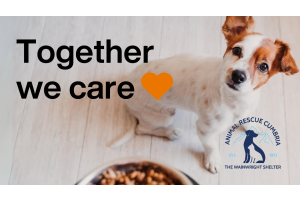What is self control training?
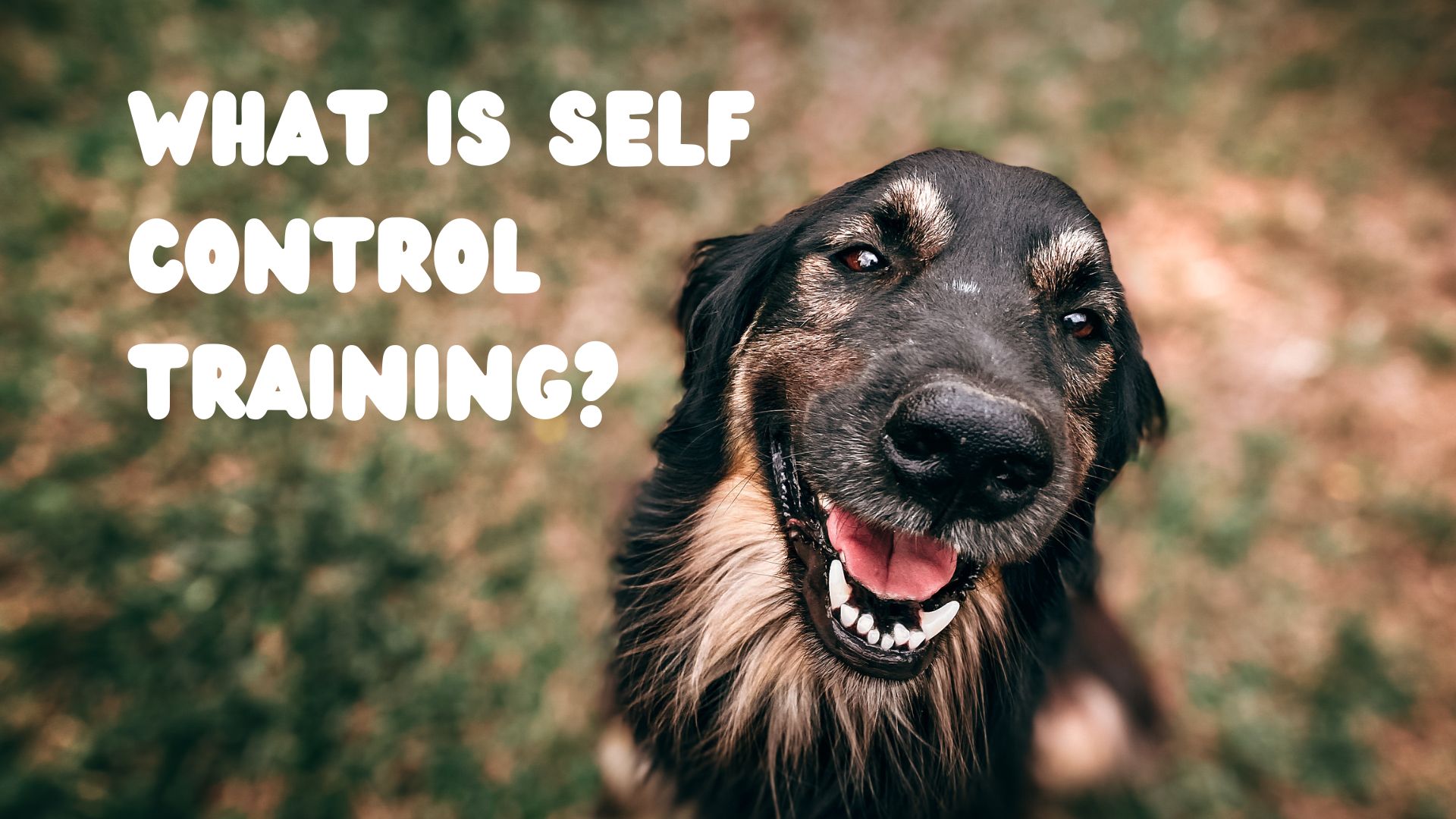
Impulse control is a term we use alongside ‘self-control’. It’s where we are asking dogs to control their motivation to do something they want to do, unless prompted by us. The idea is, that by helping dogs slow down and consider whether what they are looking at or thinking of doing is more reinforcing than what we have on offer- we can help keep them safer.
When we do self-control training we can use a range of reinforcement. Of course, we can use treats, praise and play- but we can also use access to the very thing the dog wanted as their final reward.
For example;
You want your dog to wait at the door. You give them treats for waiting as you open the door, and then their final reward is going out the door. If they were to break position before you gave them their cue, then you may close the door and start again.
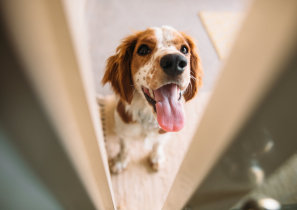
Self-control training is like a muscle. For puppies, adolescent dogs or high arousal or drive dogs- it can be like a weak, floppy muscle. As you exercise this muscle, over time it gets stronger and stronger, and can do more than it could when you started.
With this in mind, it’s important to remember to not ask too much of your dog too soon.
Look at the end goal of your exercise and split it into 10-20 small stages and build the training up from there.
For example;
You want your dog to wait in the car until the lead is attached and you say they can jump out. Rather than opening the door fully and expecting them to wait, you open the door a small amount and then post a treat through to your dog to reinforce them for waiting back. Then you open the door a little more and repeat until the door is open fully, with your dog being paid for waiting each time it’s opened a little more.
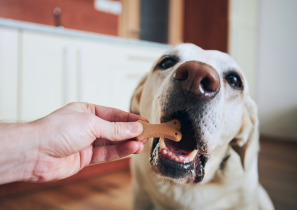
To help your dog learn overall self-control, it is to put them in situations where it’s easier for them to make good choices, and build things up from there.
For example;
If you don’t want your dog to react a livestock, you wouldn’t start by walking them through a field of sheep. You’d choose a field where sheep are in the distance and your dog is able to glance at them and easily look away. You pay these good decisions off, so your dog builds a repertoire of behaviours that can then be more easy for them to do when sheep are more close.
You don’t want your dog to jump at the table while you are eating dinner, so you teach them settle while you’re sat at the table without a nice, smelly dinner on the table making it too difficult for your dog to ignore.
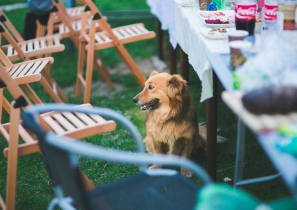
We don’t have to constantly tell our dogs what to do, as this may come across as nagging. Whilst verbal or visual cues are often needed, if we spot the moments where our dogs make good choices, unprompted by us, and reinforce these- we can accelerate self-control training success.
An example;
Your dog lies on their bed while you are preparing your dinner, so you praise them or give them a treat for making this decision as an alternative to scrounging and getting under foot.
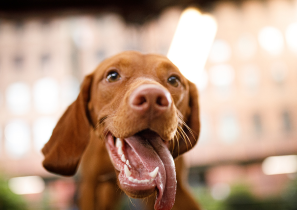
So often, self-control is overlooked when using play or treats to reinforce dogs. Small patterns/habits of your behaviour can give dogs clarity, and help them generalise to other contexts.
For example;
You reach for a treat and your dog jumps, so you pause until their feet touch the floor, and then resume the treating process.
You hold your dog’s toy close to your body so they are less likely to grab it uninvited. You say the word “get it” and then invite play by moving the toy. If your dog grabs the toy off you before you say the word, you don’t carry on playing with them. Otherwise you are reinforcing them for grabbing the toy off you uninvited.
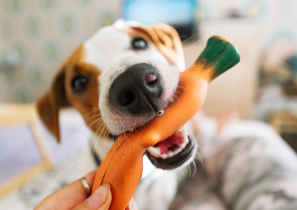
Incorporate self-control training into your dog’s day to day life can be mentally enriching for them and make walks safer for you both. Some examples of every day self-control behaviours are:
1. Not jumping for their food/meal times nor snatching treats.
2. Not barging through doors (house and car)
3. Pavement waits.
4. Loose lead walking.
5. Waiting patiently for their lead to be unclipped.
6. Moving or recalling away from dogs that are disinterested in greeting them.
7. Not fixating on wildlife or livestock.
8. Recall training.
9. Dropping items or their toys on cue.
10. Greeting people politely.
Remember to pay your dog heavily when first teaching exercises. If your dog keeps making mistakes, it will likely be because you’re going too fast so slow down and consider how you can break things into smaller stages.

